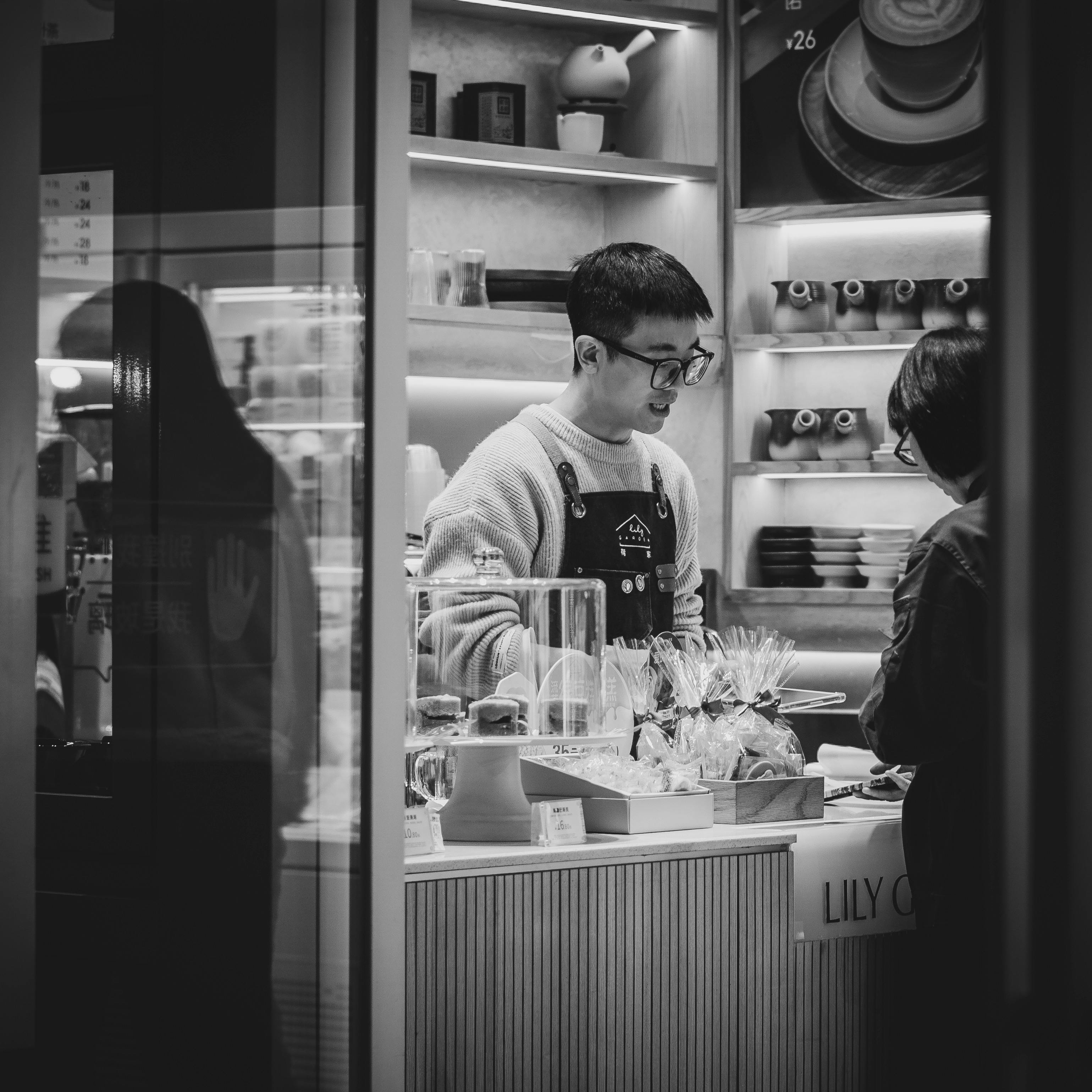The Art of Offline Fashion Storytelling: Weaving Magic into the Fabric of Reality
Feb 10, 2025
In today’s digital world, where screens dominate our every interaction, offline fashion storytelling stands as a powerful and timeless art form. While the digital landscape offers ease and reach, offline experiences create something far more immersive—an opportunity to touch, feel, and live fashion in ways that virtual platforms simply can’t replicate. This blog explores the captivating world of offline fashion storytelling, its core elements, and how brands can harness this art to create unforgettable experiences in an increasingly crowded digital age.
Why Offline Fashion Storytelling Matters in a Digital Age
In a time when algorithms dictate our digital lives, offline storytelling offers a welcome respite. It brings us back to human connection, allowing us to experience fashion on a personal, tangible level. It’s no longer just about showcasing products—it’s about forging emotional bonds, sparking memories, and building brand loyalty through memorable, immersive experiences that linger long after the moment ends.
The Anatomy of a Captivating Offline Fashion Story
What makes an offline fashion story unforgettable? Here are the key elements that every brand should incorporate to create a truly compelling narrative:
Emotional Resonance
A great story speaks to the heart. Whether it evokes nostalgia, joy, or awe, offline storytelling should stir emotions that make the audience feel seen, heard, and connected.Sensory Engagement
To truly captivate, engage all the senses. From the soft texture of fabrics to the scent of a room and the rhythm of background music, sensory elements create a fully immersive experience that draws people deeper into the story.Authenticity
Above all, stay true to your brand’s essence. Authenticity builds trust and makes your story resonate on a deeper level with your audience, helping them form a lasting connection with your brand.Imagination
Leave space for interpretation and engagement. A touch of mystery or ambiguity sparks curiosity, allowing your audience to interact with the story in ways that are both personal and memorable.
Masterful Examples of Offline Fashion Storytelling
Some iconic brands have perfected the art of offline fashion storytelling, turning their events into experiences that transcend the ordinary. Here are a few shining examples:
Alexander McQueen’s Runway Shows
McQueen’s runway shows were more than fashion presentations—they were theatrical experiences. Each collection told a story, complete with elaborate sets, haunting music, and models embodying characters, creating an atmosphere that left audiences mesmerized.Gucci’s Gucci Garden
Nestled in Florence, Italy, the Gucci Garden offers a unique, immersive experience that blends fashion, art, and history. Visitors are transported into a surreal world that reflects the brand’s eclectic and ever-evolving aesthetic.Chanel’s Pop-Up Experiences
Chanel has mastered the art of pop-up storytelling, creating temporary spaces where customers can immerse themselves in the brand’s identity. These events invite visitors to interact with the brand in deeply personal and unexpected ways.
The Future of Offline Fashion Storytelling
As technology evolves, the possibilities for offline storytelling expand. Brands can now integrate interactive materials, augmented reality, and cutting-edge installations to create even more engaging experiences. The future promises exciting developments, such as:
Interactive Runway Shows
Imagine a runway show where the audience can influence the narrative in real-time, shaping the experience through their reactions or choices.Sustainable Storytelling
As environmental concerns rise, brands can use eco-friendly materials and practices to craft stories that resonate with today’s conscientious consumers, showcasing sustainability as an integral part of their identity.Multi-Sensory Pop-Ups
Picture pop-up experiences that engage all five senses—sight, sound, scent, touch, and even taste—creating unforgettable, deeply immersive brand encounters.



